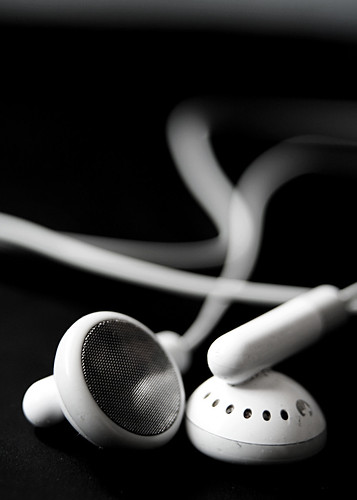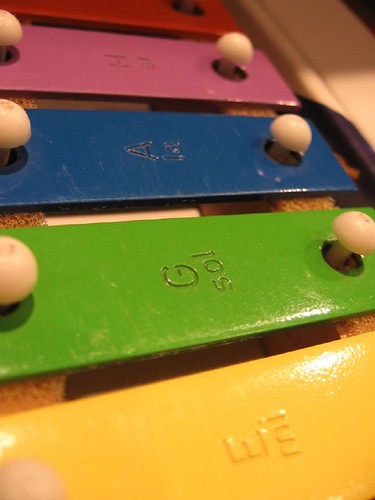This is a rather long post, so I plan on dividing it into two parts: 1) Studying Music, and 2) Music for Studying (
sorta). I'll be highlighting 4 websites that fall under the "web2.0" moniker, how I use them as a professional musician and educator, and their pros/cons. So, with that, on to part 1!
1) Studying MusicI remember sitting in a "listening room" in the library with a pile of CDs, my textbook, anthology, and my personal class notes. While I haven't had a music history class for about 7 years now, I still listen
daily, as I believe it's the most important thing a musician can do. Now, though, I'm using better tools for the task.
 Last.fm
Last.fm is one of my new favorite sites. When I'm studying an artist, or style of music, Last.fm is the first place I turn. You log in, do a quick search (
"Yo-Yo Ma" for example), and it returns tracks and videos relating to him as an artist. You can also stumble through music of a specific genre, looking for new jazz music, for instance. Last.fm keeps track of what you listen to on your iPod (via "
scrobbling"), and will suggest similar music as well.
 Blip.fm
Blip.fm is a relatively new site for me. It seems like a
Twitter-like company, with a DJ spin on things. You can search for an artist or song, and "
blip" it, allowing you to play it immediately (or later if you wish). While the
faq is still pretty confusing to me, I can envision uses for blip.fm (a music professor creating a timeline of pieces to listen to, for example, or members of a cover band sharing ideas to each-other for future covers. The possibilities are endless!
2) Music for StudyingThere have been quite a few studies done on music and how it effects the brain, including The
Mozart Effect, and my favorite current book,
This is Your Brain on Music, by Dan Levitin. In addition to actually listening to "
music", though, the advantages of "white noise" and even "binaural beats" have been lauded as ways to focus on your work, shutdown headaches, and cure insomnia, among others. Here are my two favorite sites for focusing on my work.
SimplyNoise.com is simple that. The site offers an online stream of white noise, pink noise, and red/brown noise. They refer to
Wikipedia to explain the differences, and the effects/benefits of using white noise. Find the desired volume, using the slider, then get to work blogging, studying, filing, or whatever you need to focus on. I can vouch for simplynoise as I've gotten into meditation and reading; two things I could never focus on before because of background noise stealing my attention.
I Dose is probably the most interesting in part 2 of my post, but also the one with the most debate as to its effectiveness. I Dose offers streams of "
binaural beats". Essentially,
binaural beats are 2 different frequency pitches played simultaneously, but coming from separate sides (they are best listened to through headphones). Your brain takes the difference of the two frequencies (in Hertz), and creates a wave at that frequency (which can then alter your mental state). If you find yourself struggling with writer's block, for example, lie down, close your eyes, and listen to
this one for 15-20 minutes and give writing another shot.
If you try any of these out (or have previously), let me know in the comments! Am I missing any other great web2.0 music sites?











